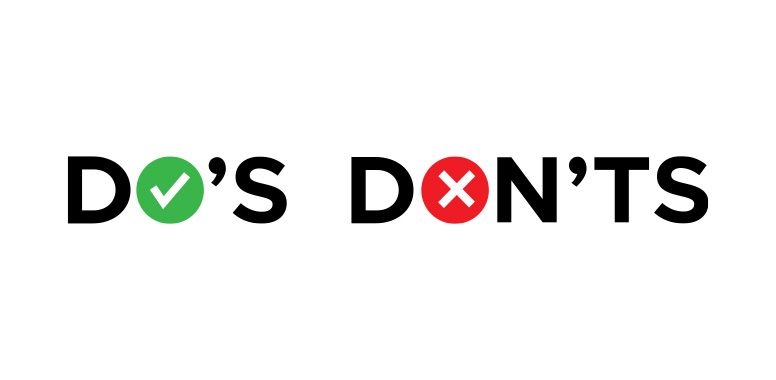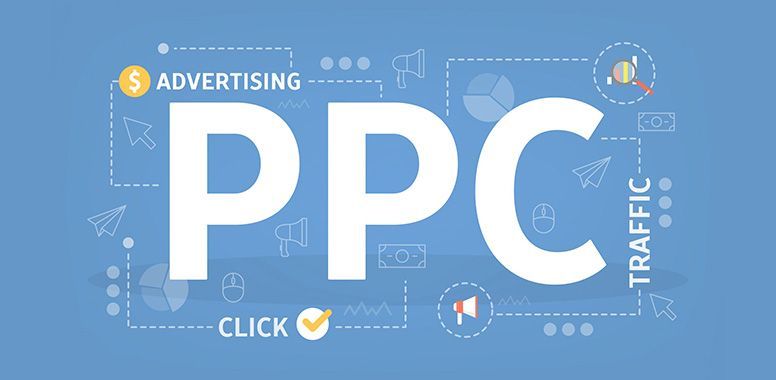Amazon Success Guide: Do’s & Don’ts for New Sellers
Amazon Success Guide: Do’s & Don’ts for New Sellers
Starting your journey as an Amazon seller can be both exciting and challenging. With millions of customers browsing the platform daily, the potential for success is enormous.
Hence, navigating Amazon’s competitive marketplace requires careful strategy, attention to detail, and an understanding of best practices.
Below, we highlight essential do’s and don’ts that every new seller should follow to maximize profitability and avoid common pitfalls.
The Do’s of Selling on Amazon
1. Develop a Strategic Pricing Plan
Pricing your products effectively is a key factor in attracting buyers and maintaining profitability. Amazon’s algorithm favors competitively priced products, but that doesn’t mean you should always aim to be the cheapest.
Instead:
Consider all costs, including production, shipping, Amazon fees, and marketing.
Adjust pricing based on demand, seasonality, and competitor trends.
Test different pricing strategies to determine what works best for your target audience.
2. Understand Amazon’s Marketing & Advertising Tools
Amazon provides powerful advertising options that can significantly enhance product visibility.
Utilize:
Sponsored Products to promote individual listings and drive conversions.
Amazon Stores to create a branded storefront and strengthen customer trust.
Display & Video Ads to reach customers both on and off Amazon.
Monitoring and optimizing ad campaigns regularly ensures that you maximize return on investment (ROI) and reach the right audience.
3. Manage Inventory Efficiently
Running out of stock can damage your rankings and reduce customer trust, while overstocking can lead to unnecessary storage fees.
To maintain balance:
Use inventory management tools to track stock levels and forecast demand.
Plan for seasonal fluctuations and promotional campaigns.
Ensure suppliers can meet demand efficiently to prevent stockouts or delays.
4. Account for Amazon’s Fees
Amazon’s fee structure includes referral fees, fulfillment fees (for FBA), storage fees, and more. These costs can quickly eat into profits if not accounted for in pricing.
Research all applicable fees before setting your product prices.
Consider using Amazon’s FBA Revenue Calculator to estimate costs accurately.
5. Pay Attention to Customer Feedback
Customer feedback is vital for long-term success. Positive reviews improve rankings and sales, while negative feedback can deter potential buyers.
Address negative reviews professionally and work on improving problem areas.
Encourage satisfied customers to leave honest reviews.
Monitor your feedback score to maintain a strong seller reputation.
6. Monitor Competitor Strategies
Keeping an eye on competitors can provide valuable insights into pricing, product features, and marketing trends.
Identify gaps in their offerings that you can capitalize on.
Learn from their mistakes and successes.
Adjust your strategy based on market trends to stay competitive.
7. Invest in High-Quality Product Content & Images
Your product listings should be visually appealing and informative to convert browsers into buyers.
Use high-resolution images that showcase product features clearly.
Write compelling and keyword-rich product descriptions.
Include bullet points that highlight key benefits and address common concerns.
8. Optimize for Mobile Users
A large percentage of Amazon shoppers use mobile devices. Ensure your listings are optimized for mobile by:
Using concise and engaging product descriptions.
Testing your listings on mobile devices to check readability.
Making sure images and videos display correctly.
9. Build a Brand Beyond Amazon
Relying solely on Amazon can be risky. Strengthen your brand by:
Creating a website and social media presence.
Engaging with customers outside of Amazon through email marketing.
Diversifying your sales channels to reduce dependency on one platform.
The Don’ts of Selling on Amazon:
1. Don’t Rush Without Research
Jumping into selling without researching the market, customer demand, and competition can lead to poor sales and wasted investment. Take time to:
Analyze competitor products and pricing.
Understand customer expectations and pain points.
Test demand before making large inventory commitments.
2. Don’t Ignore Inventory Management
Stock mismanagement can result in lost sales, penalties, and storage cost overruns. Avoid these common mistakes:
Overstocking slow-moving products.
Underestimating demand during peak seasons.
Failing to update stock levels, leading to cancellations.
3. Don’t Underestimate Amazon’s Fees
Many new sellers fail to account for all associated costs, leading to lower-than-expected profits. Avoid this by:
Factoring in all Amazon fees when setting prices.
Monitoring changes in Amazon’s fee structure.
Using financial tracking tools to manage expenses efficiently.
4. Don’t Ignore Negative Customer Feedback
Ignoring customer complaints can lead to lower ratings and even account suspension. Make sure to:
Respond to complaints promptly and professionally.
Improve product quality and descriptions to reduce returns.
Encourage happy customers to leave reviews.
5. Don’t Focus Solely on Price Competition
Competing only on price can lead to a race to the bottom and lower profit margins. Instead, focus on:
Product differentiation through unique features or superior quality.
Excellent customer service and fast shipping.
Building brand trust and loyalty to command premium pricing.
6. Don’t Take Mobile Optimization Lightly
With a significant portion of shoppers using mobile devices, failing to optimize for mobile can cost you sales.
Ensure text is easy to read on small screens.
Use high-quality images that load quickly.
Test your listings across multiple devices.
7. Don’t Expand Too Fast
Scaling too quickly without proper infrastructure can backfire. Common issues include:
Poor customer service due to increased demand.
Financial strain from investing too much in new products.
Inefficient logistics leading to delayed deliveries.
How Chief Marketplace Officer Can Help?
Navigating Amazon’s complexities can be overwhelming, especially for new sellers. That’s where the expertise of a
Chief Marketplace Officer (CMO) comes in.
CMO provides strategic guidance to help:
Optimize product listings for maximum visibility and conversions.
Develop competitive pricing strategies that balance profitability and market trends.
Enhance advertising efforts through targeted Amazon marketing solutions.
Manage inventory efficiently to avoid stockouts or excess fees.
Build a strong brand presence both on and off Amazon.
With a dedicated expert handling your Amazon strategy, you can focus on growth while ensuring your business remains profitable and sustainable.
Key Takeaways
Success on Amazon requires more than just listing products and hoping for the best. By following these do’s and don’ts, new sellers can build a strong foundation, avoid costly mistakes, and create a thriving business.
Whether it’s leveraging Amazon’s marketing tools, optimizing inventory management, or maintaining stellar customer service, strategic planning is key. For sellers who want to scale efficiently, partnering with Chief Marketplace Officer can make all the difference.
Ready to elevate your Amazon business? Reach out here or book a zoom call today!


